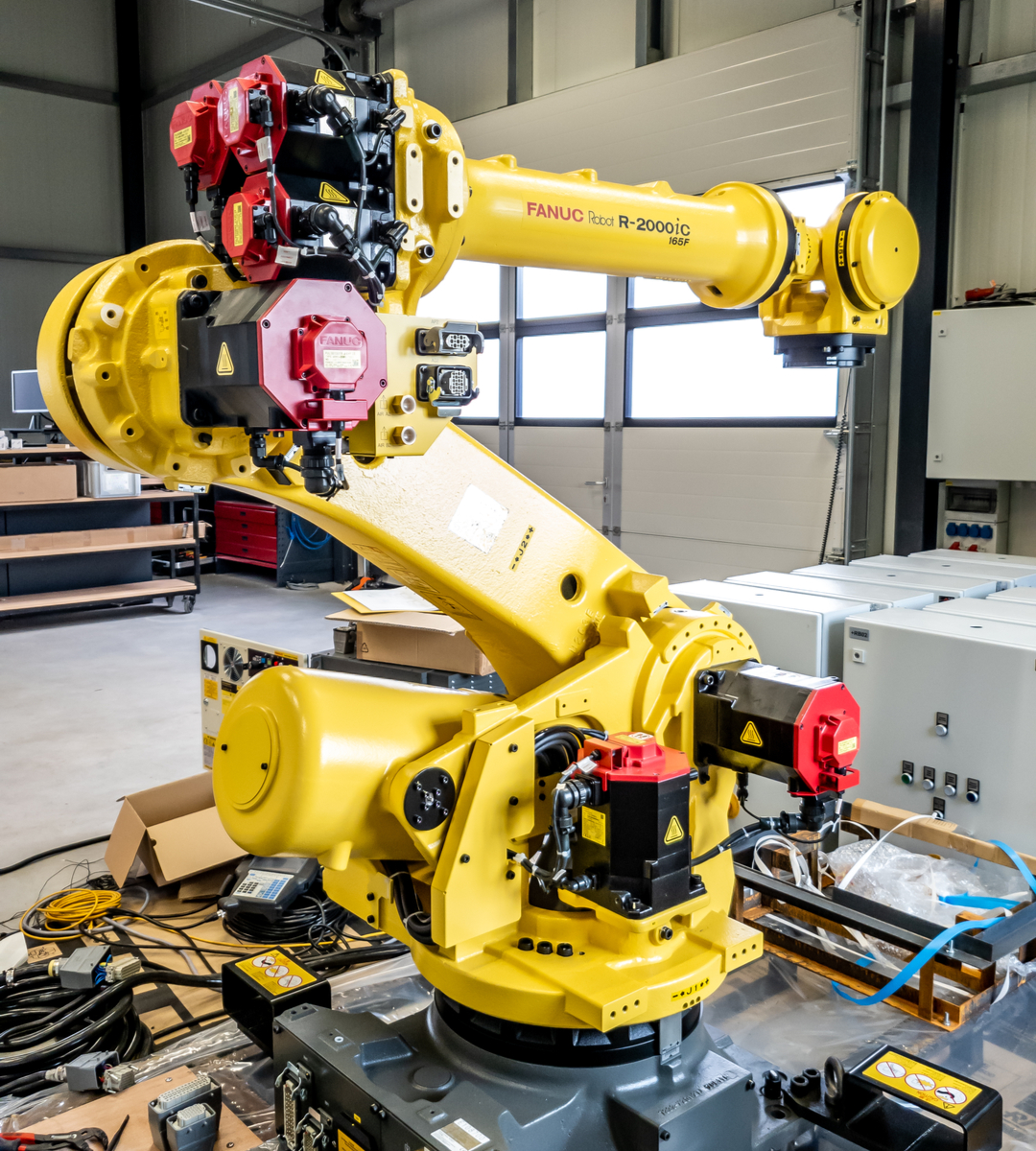Industrial robots and robotics have become the most important innovation and efficiency driver in the rapidly evolving manufacturing environment. Robotics integration into manufacturing has transformed the industry. It provides a range of advantages to companies seeking to boost productivity and quality or increase competitiveness. Manufacturing robots will play a growing influence on the future of manufacturing as the demand for solutions that automate production increases.
Industrial robots are also called manufacturing robots. They are specialized machines that are able to perform multiple functions in the production environment. They can be used for welding and painting, assembly and placing and picking, packaging and many more. Industrial robotics is the field that studies and uses these robots to maximize effectiveness and precision in manufacturing operations.

Automated Solutions Australia, a company that specializes in creation of industrial robots to provide flexible solutions for manufacturing customers, is on the forefront. ASA’s industrial robots help clients to get an edge on the market by enhancing productivity and quality. With a particular focus on best practices, ASA’s industrial robotic solutions are sought-after by corporations all over the world in various industries, such as electronics, automotive pharmaceuticals, and many more.
The benefits of implementing industrial robots in manufacturing are multifaceted. One of the primary advantages is the substantial improvement in efficiency and productivity. Industrial robots can complete repetitive tasks with accuracy and a consistent manner. This leads to higher output rates and shorter cycle times. This improves overall efficiency but also allows companies to meet growing consumer demands easily.
Industrial robots can also aid in higher quality control throughout manufacturing processes. Robots can perform tasks more precisely and with more reliability. This results in better-quality products. The result is increased customer satisfaction, and enhances the reputation of a firm that provides high-quality goods.
Alongside efficiency and quality, industrial robots also can provide cost-saving advantages. Although the initial cost for the production of robots is expensive however, the benefits over the long term are huge. Businesses can reduce their operational expenses by streamlining processes, and reduce manual labor. Additionally, industrial robots work around the clock to maximize the utilization of resources while reducing production costs.
Industrial robots can have a positive impact on the work environment. They are engineered to reduce noise, creating a quieter and more comfortable workplace for workers. Furthermore, their precision and speed contribute to an environment that is safer in reducing the likelihood of injuries and accidents associated by manual work.
The incorporation of industrial robots is a key factor in creating jobs and the future jobs. Although there are concerns that robots could replace human workers, industrial robots can actually provide new employment opportunities. These opportunities include roles related to robot programming, maintenance, supervision, and control, as well and the development of novel techniques to assist in the production of robotics.
Businesses across a variety of industries continue to benefit from industrial robots and manufacturing continues to embrace this technology, it is rapidly changing the business. Industrial robotics with the capability to improve efficiency, quality and cost effectiveness is changing how the products are produced.
In conclusion, the emergence of industrial robots and manufacturing robotics has created an important shift in the manufacturing industry. The advanced technology is enabling businesses to reach unprecedented levels of efficiency, precision, and competitiveness. As automation solutions continue to expand, industrial robotics will play a key role in shaping the future of manufacturing, driving innovation and propelling businesses to succeed on the global market.